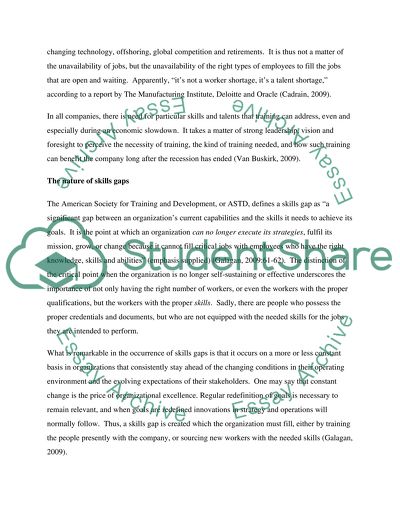Cite this document
(“Training during global recession Essay Example | Topics and Well Written Essays - 2500 words”, n.d.)
Retrieved from https://studentshare.org/miscellaneous/1567785-training-during-global-recession
Retrieved from https://studentshare.org/miscellaneous/1567785-training-during-global-recession
(Training During Global Recession Essay Example | Topics and Well Written Essays - 2500 Words)
https://studentshare.org/miscellaneous/1567785-training-during-global-recession.
https://studentshare.org/miscellaneous/1567785-training-during-global-recession.
“Training During Global Recession Essay Example | Topics and Well Written Essays - 2500 Words”, n.d. https://studentshare.org/miscellaneous/1567785-training-during-global-recession.


